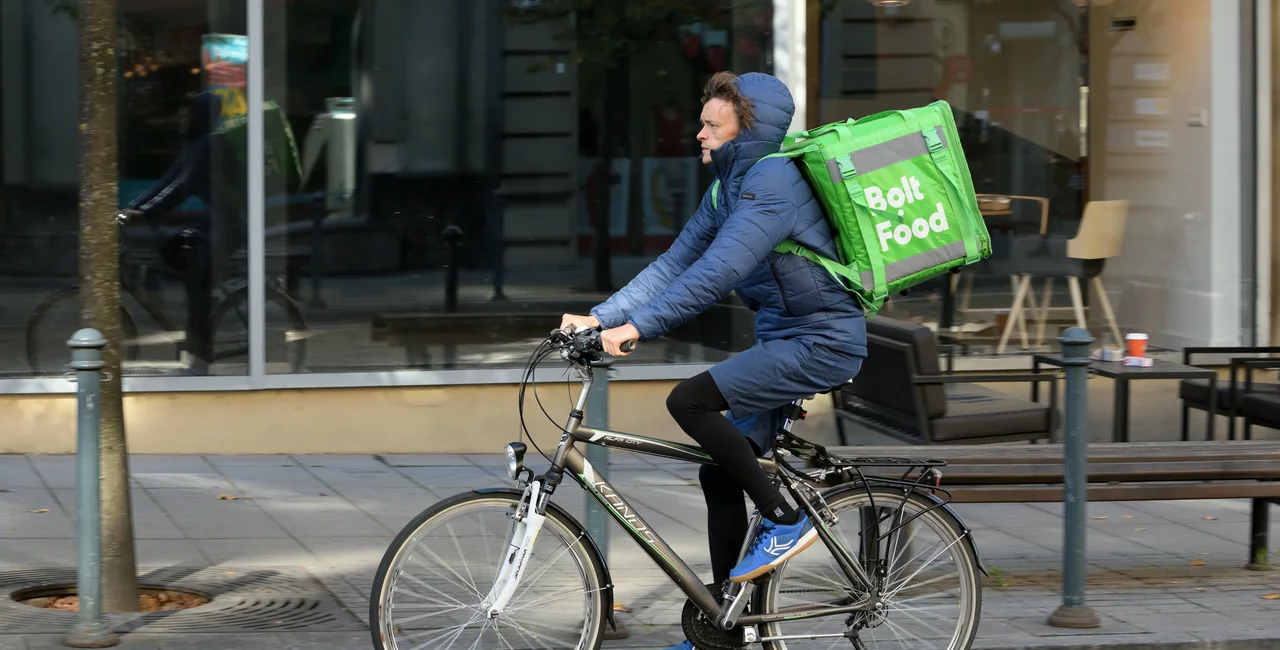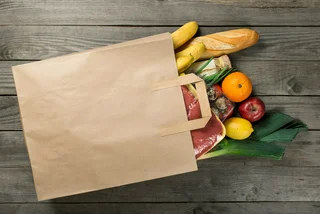A new survey by Bolt Food, a food-delivery service that specializes in takeouts, underlines the strong popularity of food delivery in Czechia amid rising restaurant costs.
Data from Bolt Food quoted in ČTK shows that as many as three quarters of respondents order food delivery at most once per week. About 20 percent of people order food two or three times a week, with Mediterranean cuisine (such as pizzas) being the most popular.
The finding is consistent with the general increase in food deliveries nationwide – spurred by the Covid-19 pandemic.
Earlier this year, iDnes reported a 60 percent year-on-year increase in food deliveries at workplaces. According to Novinky.cz, food deliveries doubled during the pandemic. The number of orders at Dáme jídlo, one of Bolt Food’s competitors, has grown by about 50 percent in recent years. Wolt, another competitor, has seen similar growth and plans to expand in Czechia.
Restaurants less attractive
Convenience aside, one aspect that is a likely driver of increasing food deliveries is the high cost of dining at restaurants.
In a 2022 interview with Euro.cz, Czech Operations Manager for Bolt Food Marek Maxa claimed “ordering food home can be cheaper than visiting a restaurant.”
This may hold true, as the cost of dining in a restaurant in the country has sharply increased in the last year.
FAST FACTS ON RESTURANT PRICES
Czechs today pay an average of CZK 25 more for lunch outside than last year, now spending an average CZK 176 per meal – translating to a 16-percent rise. The highest price for a lunch, unsurprisingly, is now in Prague with a cost of over CZK 200.
An Ipsos survey from this year also found that 54 percent of people eat lunch in a restaurant “less often” than before the pandemic. Data from May this year also shows that the number of lunches sold in eateries declined by 35 percent compared with the pre-pandemic era.
"Lunch prices have been rising continuously for the 12th month in a row,” said Jan Michelfeit from food-services firm Sodexo in October in Seznam Zprávy. Michelfeit added that prices have been increasing every month by CZK 2.
Amid the backdrop of the current inflationary environment – paired with increasing operational costs due to rising rents and energy prices – the jump in costs may come as no surprise. However, they are set to still increase, as high energy and food costs "are reflected in restaurant prices," Michelfeit noted. "There are still quite a few businesses that have fixed electricity and gas prices until the end of this year.”
Operating costs for restaurants will remain high going into 2023 and face tough times up the road, with a reported one-fifth facing possible closure. Enjoying strong demand, food-delivery services will likely continue surging in popularity in the months ahead.












 Reading time: 2 minutes
Reading time: 2 minutes 
































